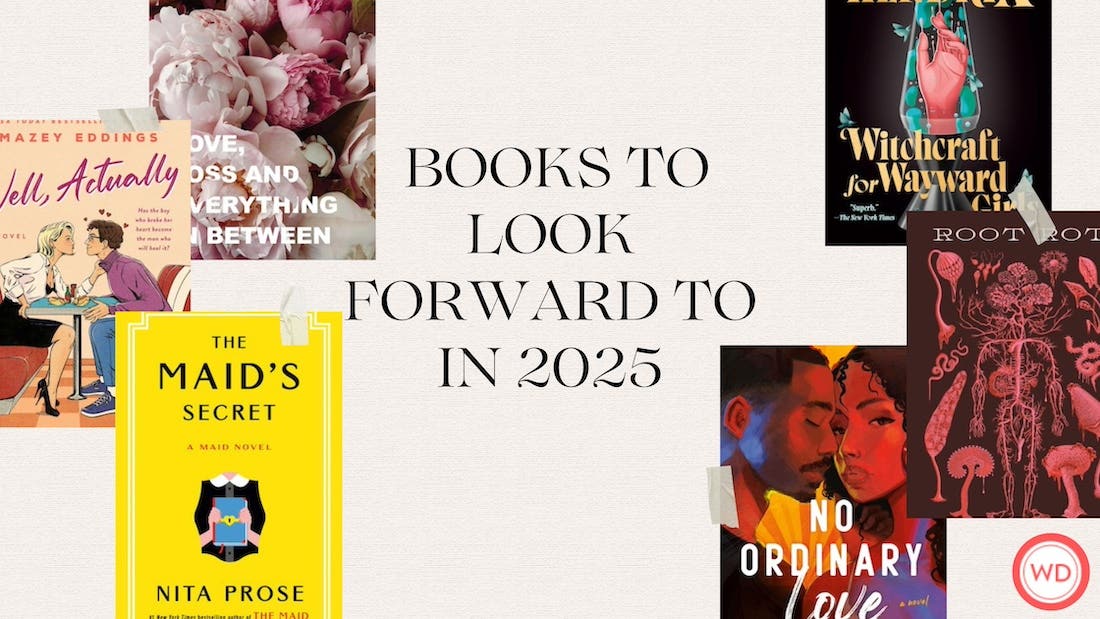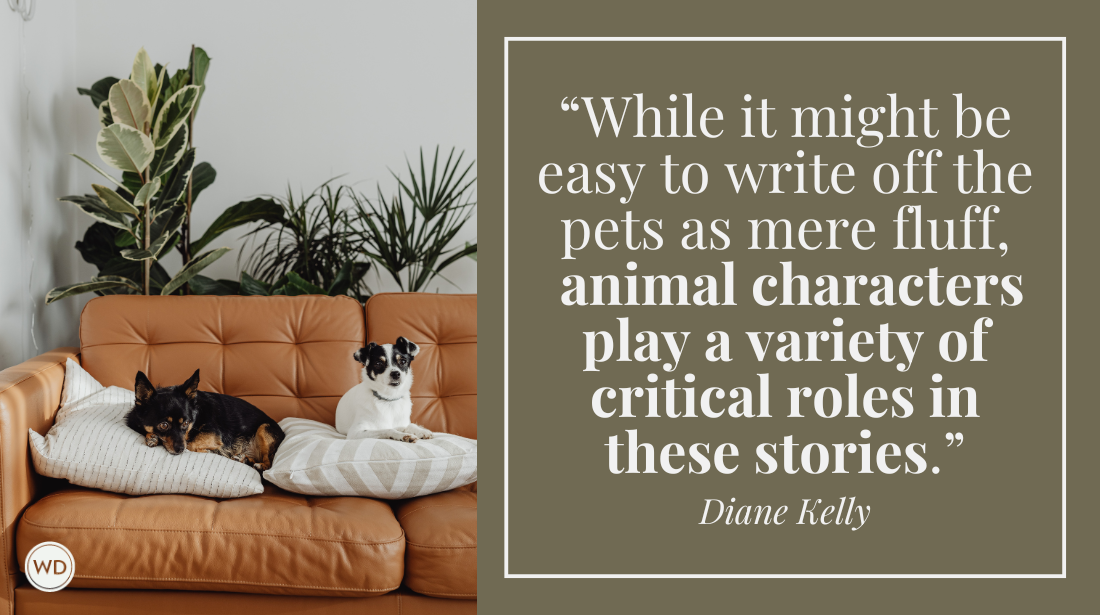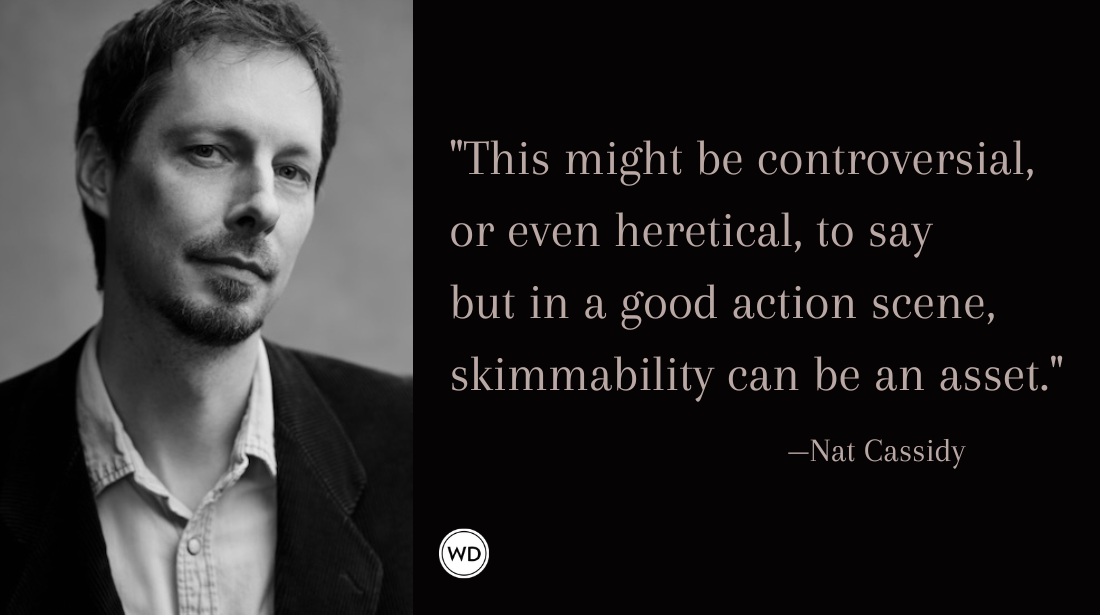5 Tips for Writing a Tie-In Novel
Being asked to write a tie-in novel for something that exists in another form—movies, video games, TV shows, and more—can be both daunting and exciting. Here, author Kate Heartfield shares five tips for writing a tie-in novel.
One of the wonderful things about stories is that there are many ways to tell them. Tie-in novels pick up settings or characters established in other media: usually film, television, board games, roleplaying games, or videogames. In many cases, stories stretch and connect across comics, novels, anthologies, movies, and more.
I’ve written and published several books of my own but writing my first tie-in novel for the “Assassin’s Creed” video game franchise caused me to see several well-established pieces of writing advice in new ways. Here are five tips for writing a tie-in novel.
1. Write what you love
When it came time to put ideas on paper, it really helped that I was already familiar with the “Assassin’s Creed” universe, and that I had played the games and admired their storytelling. When it comes to choosing a project, consider whether or not it’s a good fit for you. This applies not only to which franchise you choose, but the story you tell within it.
The first thing I did was ask myself what elements in the franchise I found most interesting. That applied not only to the lore that underpins the game, but to the gameplay experience itself. What makes an Assassin’s Creed game fun? For me, the top two answers were: immersion in a historical setting, and kickass characters. Those were elements that I knew I could create in prose, so that gave me my start. A tie-in novel, at its best, can feel like an expression of fannish joy. Readers will pick up on that joy, too.
2. Do your research
Even in my own work, I tend to write in historical settings. That means I am no stranger to research! For any tie-in novel, even one that doesn’t have a historical element, research is usually part of the job. That can mean familiarizing yourself with other stories in that universe, and sometimes with background material provided by your editors, to make sure your book is consistent with the wider canon.
IndieBound | Bookshop | Amazon
[WD uses affiliate links.]
It can mean immersing yourself in the mood and tone that you want; I listen to music from the games while I write. I still am not over the fact that I can legitimately tell my kid “Mommy’s working” while I’m playing a video game. (He’s onto me.)
3. Collaborate
When you write in a shared universe, you’re collaborating with many people, some of whom you’ve never met and never will. For example, writing a “Star Trek” novel means collaborating with Gene Roddenberry, in some sense! That’s one of the coolest things about it; you’re part of a tradition, of something bigger than your own work and ideas.
I really embraced that aspect of it, looking for ways I could fit my story into the bigger picture in a way that felt organic, and my editors were there to support me every step of the way. Before I wrote a tie-in novel, I wasn’t sure how it would feel to be working on something that I didn’t control in the same way I control my own fiction. But I found it to be a very creatively invigorating experience.
4. Write as only you can
Collaboration doesn’t mean you’re a cog in a machine. After all, authors are hired to write tie-in novels because of their particular talents and skills. When you sit down to write a tie-in novel, most of the time you have to close your headspace to all other voices and just write.
The drafting process is hard enough without an extra version of one’s internal editor, reminding you that you’re writing for a wider universe of stories. Just write and focus on the characters, plot, and language. Again, if you take joy in the work, so will the readers. This is an offering to a story universe that you love, but it’s your unique offering. Collaboration works in all directions.
5. Make a plan that works for you
Deadlines and productivity worries are certainly not unique to tie-in novels. But tie-in work does often come with tight deadlines, especially since the timing can be connected to other media, such as film releases. Every writer works in their own way, so there’s no universal pathway. It’s about understanding how you write, and how that work fits into the rest of your life.
For me, tracking word count on a weekly basis is part of it. I have also learned to build in buffers. I know that life will get in the way. And I know that some chapters will be slower than I expected; I’ll run into a plot hole or need to take a few days off for extra research. And since I am a reviser, I make sure to leave time at the end.
Kate Heartfield’s novel Assassin’s Creed: The Magus Conspiracy was published in 2022 and the sequel, The Resurrection Plot, will be published in 2023. Her historical fantasy novel, The Embroidered Book, was a Sunday Times bestseller in 2022. She also writes short fiction and games, and she is a former journalist who lives in Ottawa, Canada. You can find her at KateHeartfield.com.








